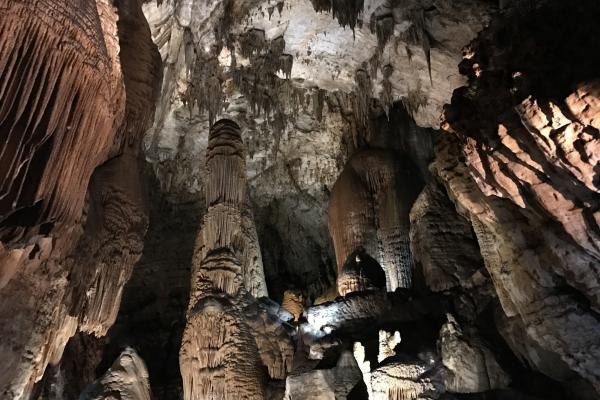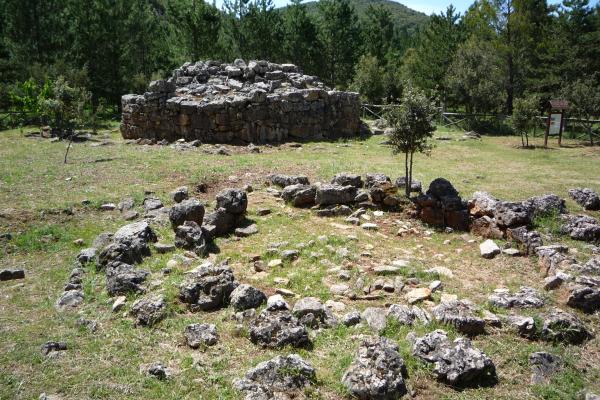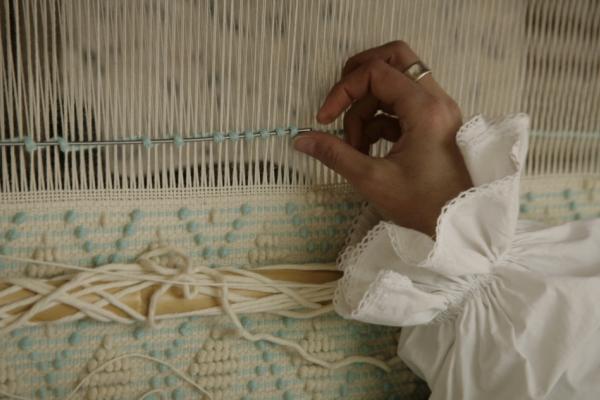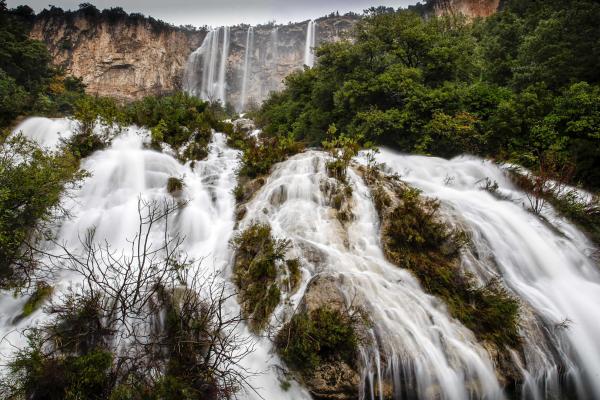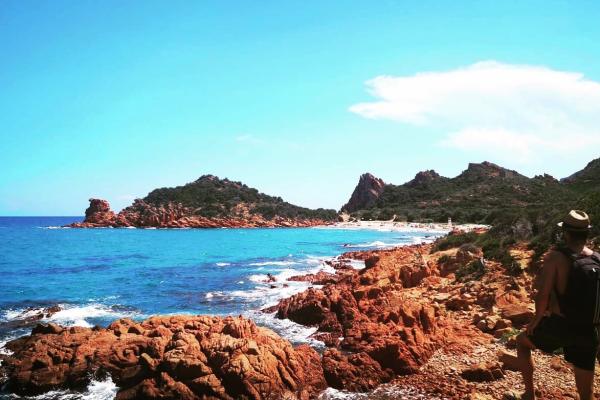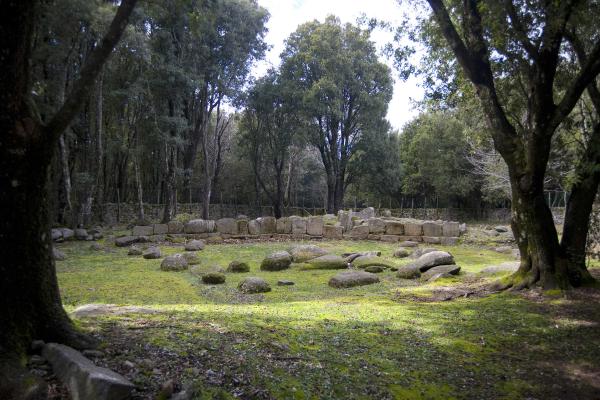“While traveling he came to a mountain where there was a road that could have been shorter and straighter when passing through” The Legenda sanctissimi Georgii presulis suellinsis, a hagiographic document of 1117 on the life of San Giorgio, the first bishop of the diocese of Barbaria, tells us that, during a pastoral visit to Osini, he reached the foot of an inaccessible mountain. Tired from his journey and thinking about the hardships of the wayfarers, the Saint prayed that a passage would open up to make the journey shorter and easier. Nearby, he also caused the spring of s'abba de sa santidade (water of holiness) to appear – now a destination for pilgrimages – to further alleviate the fatigue of the wayfarers. In the 14th century, in honour of the ‘miracle’, the inhabitants of Osini named a small church at the foot of the mountain after him. Thus, according to legend, the Scala (Staircase) di San Giorgio was created, also known as the Gola (Canyon) or the Arco (Arch) of San Giorgio, recognised as a natural monument in 1994. It is located 900 metres above sea level along the rock faces that delimit, to the east, the large limestone-dolomitic taccu of Osini which overlooks the village that ‘lived’ twice.

Area of natural interest
An extraordinary natural monument in eastern Sardinia, surrounded by legend, appears in between the rocks of the Taccu of Osini, deep in the province of Ogliastra
An extraordinary natural monument in eastern Sardinia, surrounded by legend, appears in between the rocks of the Taccu of Osini, deep in the province of Ogliastra
See this place because...
You will be stunned by this magnificent expression of the force of nature and then you will be eager to climb it and reach the top, where you can enjoy another amazing sight
Pictures and videos
Nearby
Come arrivare
For those coming from Cagliari, Osini is found along the road that leads to Gairo after having covered more than half of the SS 125. For those coming from the rest of the island you need to go alongside, for a short stretch, the Alto Flumendosa lake and then take the road for Gairo.
You may also like
More attractions in the vicinity
Nearby hotels and accommodations

OSINI
1 km

OSINI
1 km

OSINI
1 km




